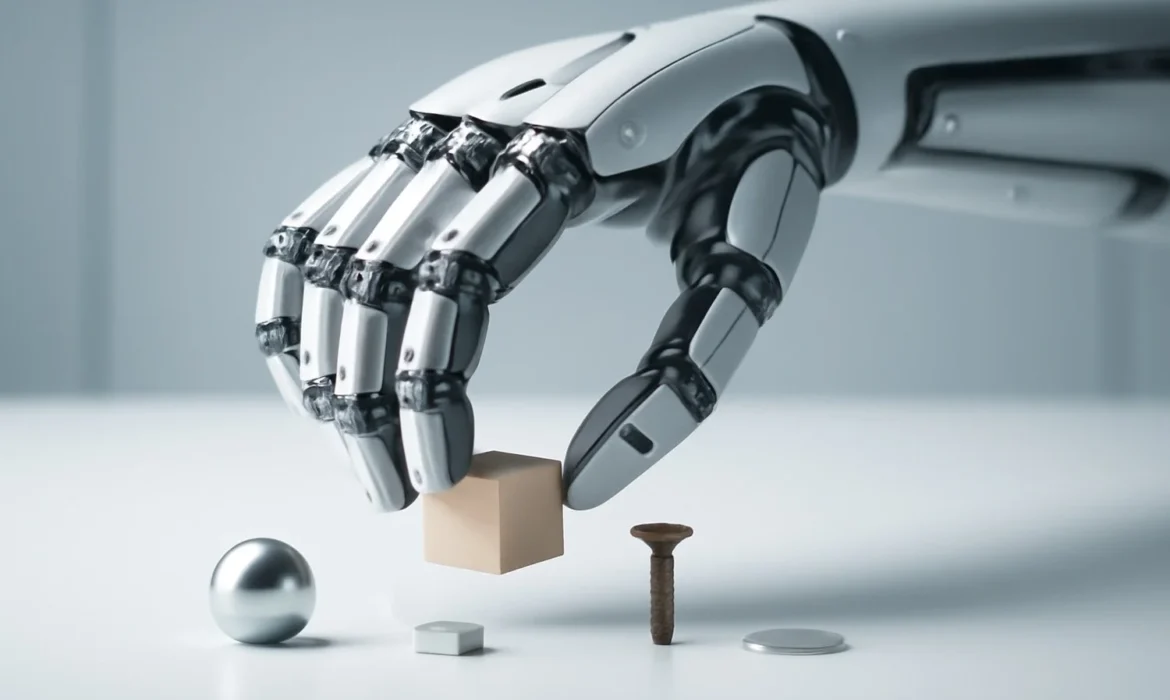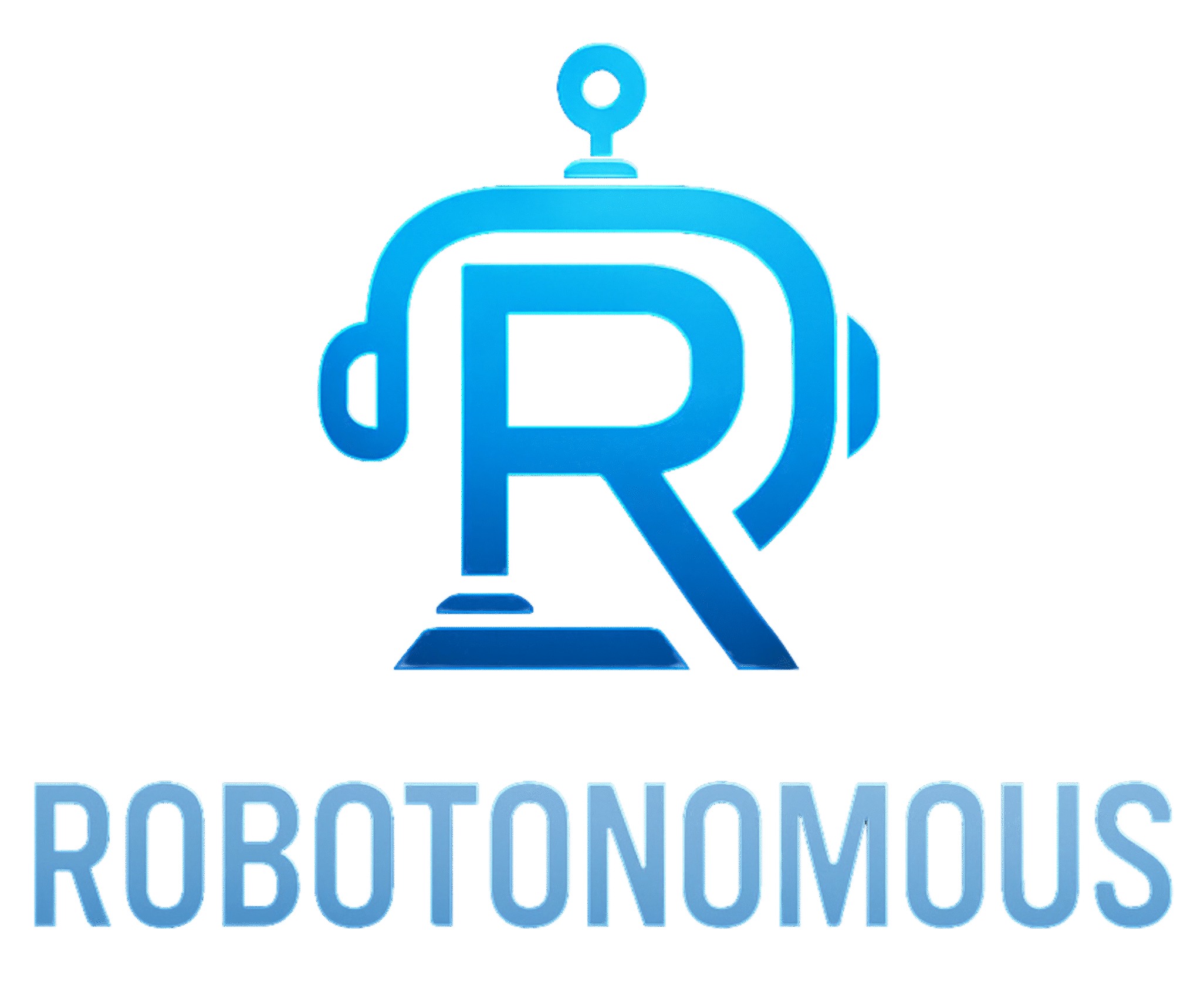What is Robotic Manipulation & Dexterity and what is the latest in this field

Exploring Robotic Manipulation and Dexterity
Robotic manipulation and dexterity are fascinating fields that focus on a robot’s ability to interact with objects in a way that mimics human performance. This involves tasks like grasping, moving, assembling, or manipulating items with precision and adaptability. Dexterous manipulation takes it a step further, allowing robots to perform intricate tasks such as threading a needle or handling delicate objects.
What Is Robotic Manipulation & Dexterity?
Robotic Manipulation: This involves using robots to grasp, move, and manipulate objects in their environment. It’s made possible by a combination of mechanical design (like arms, fingers, and grippers), sensors, and sophisticated software control systems.
Dexterity: This highlights a robot’s ability to achieve human-like precision and adaptability with tasks. This includes reorienting objects, fine assembly, and making responsive grip changes in real-time.
The goal is to automate tasks that are easy for humans but challenging for machines, such as adjusting to unknown or unstable objects, using tactile feedback, and quickly generalizing manipulation skills to new scenarios.
Latest Developments (2025)
- AI-Driven Learning: Reinforcement learning (RL) and imitation learning now allow robots to learn dexterous skills from simulation and real-world demonstrations, reducing human intervention and sample inefficiency.
- Tactile Sensing: Robots such as the F-TAC Hand offer unprecedented tactile sensitivity, enabling nuanced grip control and safe object handling comparable to human skin sensitivity.
- Advanced Graspers & Hands: Robotic hands like DEX-EE (for deep learning research) and multi-fingered hands are increasingly robust, adaptable, and capable of surviving harsh environments while manipulating complex objects.
- Hardware-Software Co-Evolution: Research groups are creating frameworks where robotic bodies and control policies evolve together based on real-time sensor feedback, accelerating dexterous learning and reliability.
- Industry Deployment: The latest algorithms let robots evaluate thousands of manipulation strategies in seconds, enabling deployment in fast-paced logistics and assembly roles.
- Collaboration Projects: Leading labs (Stanford, MIT, Google DeepMind) and companies (NVIDIA, Boston Dynamics) are investing in universal dexterous skill frameworks, multi-modal sensors, and embodied intelligence for manipulation tasks.
Robotic manipulation and dexterity are rapidly advancing, blending deep learning, sophisticated hardware, and sensor fusion to meet challenges in automation, healthcare, and real-world problem-solving.
